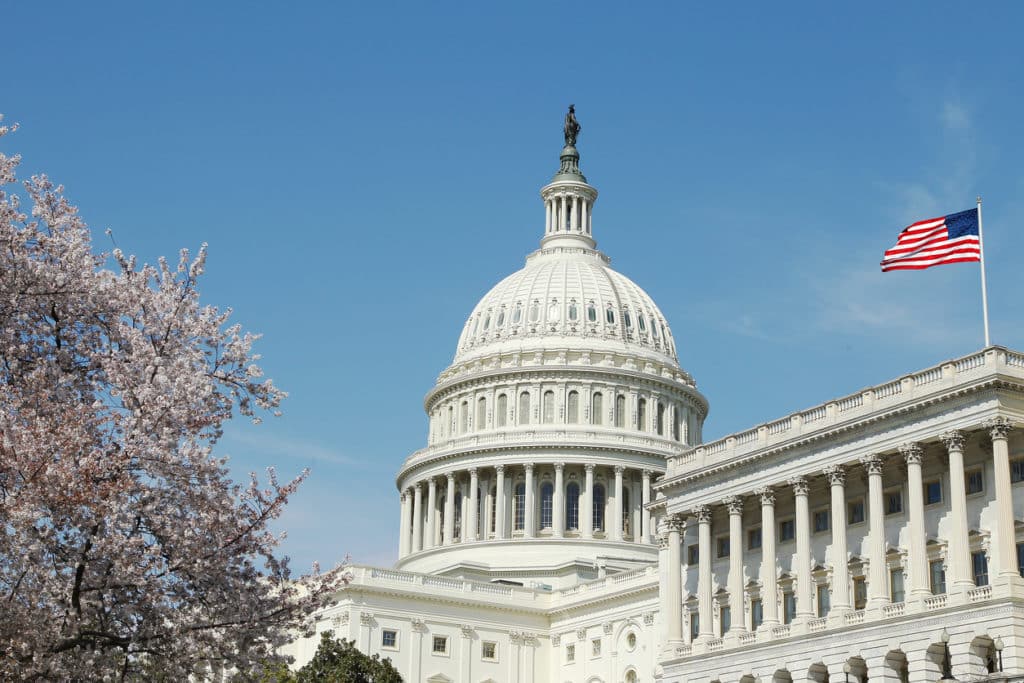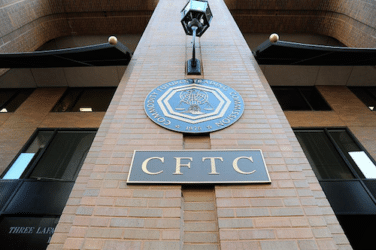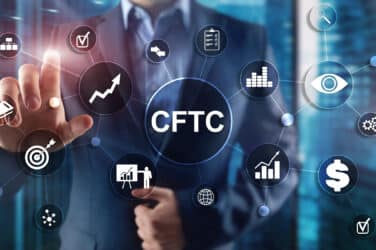
On Wednesday, April 19, 2023, at 10:00 a.m. the Committee on Financial Services will hold a hearing titled “Understanding Stablecoins’ Role in Payments and the Need for Legislation.”
Testifying at the hearing will be:
• Adrienne A. Harris, Superintendent, New York State Department of Financial Services
• Dante Disparte, Chief Strategy Officer and Head of Global Policy, Circle
• Austin Campbell, Adjunct Assistant Professor of Business, Columbia Business School
• Jake Chervinsky, Chief Policy Officer, The Blockchain Association
• Additional Witness
Evolution of Stablecoins
Stablecoins are a class of digital assets designed to offer price stability by being pegged to another asset’s value. The most popular stablecoins are currently pegged to the U.S. dollar. Stablecoins, as the name implies, are intended to be less volatile than other digital assets and sufficiently stable to enable them to be used in a similar manner to currency. There are different types of stablecoins that are identifiable based on their underlying collateral structures. They include fiat-collateralized stablecoins, crypto-collateralized stablecoins, commodity-collateralized stablecoins, and non-collateralized stablecoins.1 Fiat-collateralized coins are pegged to a fiat currency and crypto-collateralized stablecoins are backed by other digital assets. Commodity-backed stablecoins are collateralized using physical assets like metals, oil, or real estate. Non-collateralized stablecoins, or algorithmic stablecoins, use a working, autonomous mechanism to maintain a stable price.
Overview of the Stablecoin Market
Today, there are more than two hundred different types of stablecoins, collectively worth more than $132 billion. The most popular stablecoin is Tether (USDT) with a $79.8 billion market capitalization, followed by USD Coin (USDC) with a $32.4 billion market capitalization, and Binance Coin (BUSD) with a $7.4 billion market capitalization.
President’s Working Group on Financial Markets, FDIC, and OCC Report on Stablecoins
On November 1, 2021, the President’s Working Group on Financial Markets (PWG) – which includes the Chairman of the Board of Governors of the Federal Reserve System, the Chairman of the Securities and Exchange Commission (SEC), and the Chairman of the Commodity Futures Trading Commission (CFTC) – in consultation with the OCC and the FDIC, released a report on stablecoins. The report contained several recommendations, including a proposed federal regulatory framework to address existing and potential risks of stablecoins.4 The report identified several potential risks, including vulnerability of payment systems, systemic risks to the U.S. financial system, and economic concentration of power. The PWG recommended that Congress act promptly to enact legislation to ensure that payment stablecoins are subject to a federal prudential regulatory framework. Specifically, the PWG recommended that Congress pass a law requiring stablecoins to be issued only by insured depository institutions (IDIs).
Benefits of Stablecoins
As the PWG report notes, “stablecoins are primarily used in the United States to facilitate trading, lending, or borrowing of other digital assets, predominantly on or through digital asset trading platforms.”5 Because stablecoins serve as an on- and off-ramp and provide protection for individuals during market volatility, they allow individuals to enter and exit the digital asset market without the need to convert their assets back to a fiat currency. If issued under a clear regulatory framework, stablecoins could help provide more efficient retail payments. Stablecoins could be a source of healthy competition in the payments sector and help reach a wider range of consumers.6 Moreover, stablecoins have the potential to improve the sending and receiving of remittances.
State Regulatory Framework
Each state has a different regulatory framework for stablecoins. Generally, a license submitting to periodic examinations and take certain actions to safeguard consumers.7 Most state money transmitter statutes were not drafted to address digital asset businesses. The state regulatory framework imposes significant costs on market participants, who must work with each state regulator to satisfy each state’s regulatory requirements.
Federal Regulatory Framework
Stablecoins and activities involving stablecoins may fall under the jurisdiction of several regulators depending on the composition of stablecoin reserve assets and the range of activities in which a user engages.9 Today, the SEC regulates digital assets if deemed a security and the CFTC oversees virtual currencies used in a derivatives contract and enforces against fraud or manipulation involving a virtual currency.10 Aspects of certain stablecoin related activities may also implicate additional state and federal regulators, including the Board of Governors of the Federal Reserve System, the OCC, the FDIC, and the Financial Crimes Enforcement Network (FinCEN).
117th Congress Proposed Legislation
On November 1, the President Working Group on Financial Markets (PWG),11 joined by the Federal Deposit Insurance Corporation (FDIC) and the Office of the Comptroller of the Currency (OCC), issued a report on stablecoins. The PWG Report noted that stablecoins have the potential to support beneficial payment options but present risks to both users and the broader financial system. The PWG Report also noted there were gaps in the existing authority of financial regulators to address and reduce these risks and recommended that Congress enact legislation to address these gaps.
Beginning in the spring of 2022, Democratic and Republican Committee staff began work on legislation to create a federal framework for issuing stablecoins. The framework would ensure that issuers had a pathway to legally issue stablecoins and that Federal financial regulators had authority to address key concerns, including risks to stablecoin users, risks of stablecoin runs, and systemic risks. Staff from Treasury, the Federal Reserve, and the OCC provided technical assistance throughout this process. In September 2022, the Committee shared text of a draft bill that attempted to address these concerns. In addition, the draft text sought to recognize the role of state regulators. The Committee sought and received significant feedback from many stakeholders.
The draft Bill can be read here.
Source: Financial Services Committee Majority Staff





